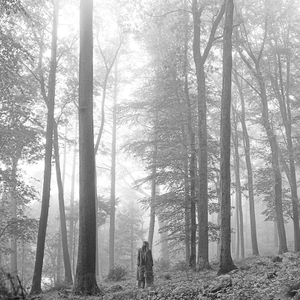Se-tenant: Games emblem (Germany, Democratic Republic 1962)
Games emblem (Germany, Democratic Republic 1962)
17 July (Germany, Democratic Republic ) within release World festival of youth and students, Helsinki goes into circulation Se-tenant Games emblem face value 50 East German pfennig
| Se-tenant Games emblem in catalogues | |
|---|---|
| Michel: | Mi: DD WZd44 |
Se-tenant is square format.
Also in the issue World festival of youth and students, Helsinki:
- Se-tenant - Games emblem face value 50;
- Se-tenant - Games emblem face value 25+10;
- Se-tenant - Games emblem face value 25;
- Se-tenant - Games emblem face value 3*5;
- Se-tenant - Games emblem face value 55;
- Se-tenant - Games emblem face value 45;
- Se-tenant - Games emblem face value 25;
- Se-tenant - Games emblem face value 30;
- Se-tenant - Games emblem face value 25;
- Se-tenant - Games emblem face value 2*5;
- Se-tenant - Games emblem face value 2*20;
- Se-tenant - Games emblem face value 3*20;
- Se-tenant - Games emblem face value 3*5;
- Se-tenant - Games emblem face value 25;
- Se-tenant - Games emblem face value 45;
- Se-tenant - Games emblem face value 25+10;
- Se-tenant - Games emblem face value 50;
- Se-tenant - Games emblem face value 3*20;
- Se-tenant - Games emblem face value 2*20;
- Se-tenant - Games emblem face value 2*5;
- Se-tenant - Games emblem face value 30;
Se-tenant Games emblem it reflects the thematic directions:
Dance is an art form, often classified as a sport, consisting of sequences of body movements with aesthetic and often symbolic value, either improvised or purposefully selected. Dance can be categorized and described by its choreography, by its repertoire of movements or by its historical period or place of origin. Dance is typically performed with musical accompaniment, and sometimes with the dancer simultaneously using a musical instrument themselves.
Folklore is the body of expressive culture shared by a particular group of people; it encompasses the traditions common to that culture, subculture or group. These include oral traditions such as tales, proverbs and jokes. They include material culture, ranging from traditional building styles to handmade toys common to the group. Folklore also includes customary lore, the forms and rituals of celebrations such as Christmas and weddings, folk dances and initiation rites. Each one of these, either singly or in combination, is considered a folklore artifact. Just as essential as the form, folklore also encompasses the transmission of these artifacts from one region to another or from one generation to the next. For folklore is not taught in a formal school curriculum or studied in the fine arts. Instead these traditions are passed along informally from one individual to another either through verbal instruction or demonstration. The academic study of folklore is called folkloristics.
A symbol is a mark, sign, or word that indicates, signifies, or is understood as representing an idea, object, or relationship. Symbols allow people to go beyond what is known or seen by creating linkages between otherwise very different concepts and experiences. All communication (and data processing) is achieved through the use of symbols. Symbols take the form of words, sounds, gestures, ideas, or visual images and are used to convey other ideas and beliefs. For example, a red octagon is a common symbol for "STOP"; on maps, blue lines often represent rivers; and a red rose often symbolizes love and compassion. Numerals are symbols for numbers; letters of an alphabet may be symbols for certain phonemes; and personal names are symbols representing individuals.



